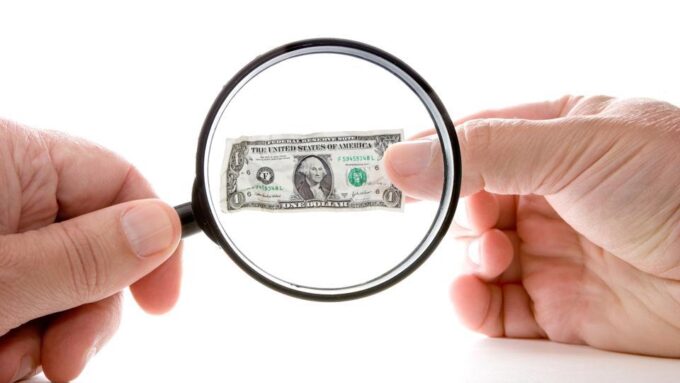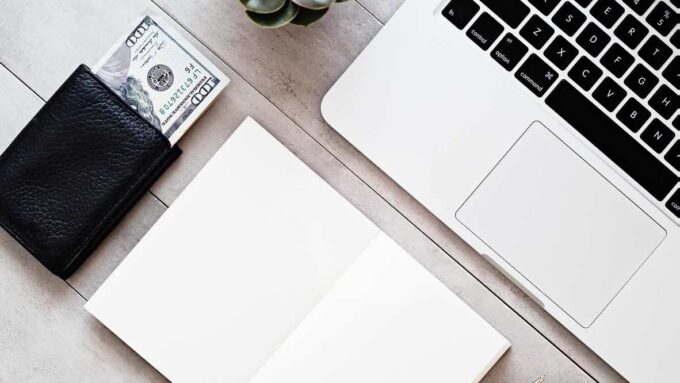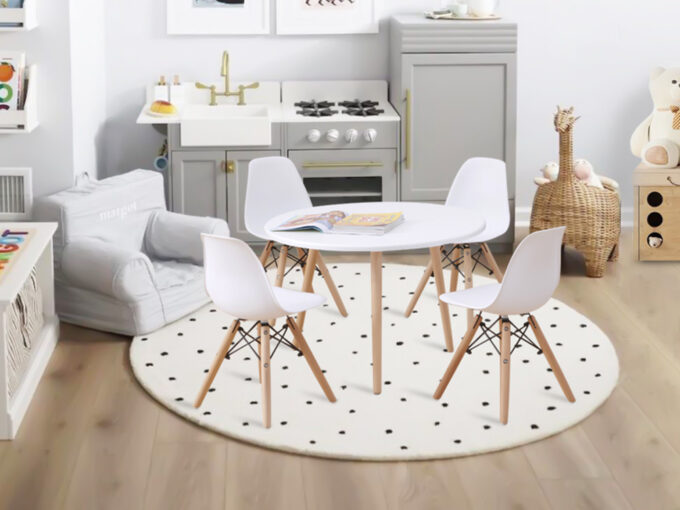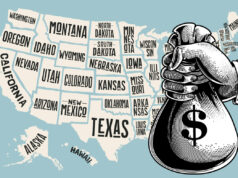As prices continue to go up on many items, choosing a minimalist lifestyle can save you time, energy, and money. In addition, you can help save money and protect against rising inflation by buying fewer things.
If you’re serious about saving money, check out these top 8 ways to embrace financial minimalism – click here for more information.
What Does Financial Minimalism Mean?

Financial minimalism means taking control of your finances, practicing mindful buying, making informed decisions, and creating a balanced and meaningful lifestyle.
This concept means buying fewer things and living within your means. For instance, it is possible to live well while being a minimalist?
Moreover, financial minimalism focuses on personal growth, fulfillment, and cultivating passions. It also means taking the steps necessary to streamline your life so that you can focus on things other than money.
8 Ways To Achieve Financial Minimalism

1. Create a Simple Budget
A lot of us do not like to talk about making budgets. This is because budgets can make us feel penny-pinching, restricted, or leave us with a feeling that we’re missing out on life’s best experiences.
Part of building a life of financial minimalism involves changing our mindset. For example, saving money in non-essential areas can free up cash to throw towards something you care about.
Simplifying your life by saving money can kickstart whatever fuels your passion and gets you out of bed in the morning.
There is just one straightforward rule for budgeting: you must spend less money than the amount you bring in each paycheck.
While this can sound oversimplistic, outspending your income (no matter how much you make) will land you in debt. Debt causes stress and prevents you from getting ahead. Furthermore, it also complicates your life in the worst way.
The first thing you need to calculate is how much money you need to stay afloat. Once you recognize that, it will become easier to admit that all the random things we spend money on every day are wants, not necessities.
2. Question Every Purchase

Do you need it, or do you want it? Does it add value to your life?
Asking yourself if you really need to buy this item is essential to creating financial minimalism.
If you are a self-proclaimed or closet shopaholic, dig a little deeper and ask yourself why buying things temporarily makes you happy. We can often use things to fill emotional needs or as a subconscious way to delay living the life that we want.
Earning money takes time. Every time you spend money, you are essentially losing bits of your freedom.
One good way to practice financial minimalism is to ask yourself if that cup of coffee, that random Amazon purchase, or those extras in the checkout aisle, are worth your financial freedom.
3. Eliminate Unnecessary Expenses
Consumerism, commercialism, and culture all send us the message that things bring us comfort, ease, and even happiness.
While warm clothes, a roof over our heads, food, and transportation are necessary, it is easy to lose sight of what adds value to our lives.
If you want to change your life and practice financial minimalism, here are some helpful expense cuts to consider:
- Downsize or sell your house
- Pay off your car or buy a car in cash when you need it
- Turn off cable TV
- Pay off student loans
- Don’t buy new clothes every month. Create a minimalist, capsule wardrobe instead
- Cut out unnecessary subscriptions
- Cut down on credit card usage
- Eliminate your gym membership
- Do free things such as exercising outside, going to museums on free days, outdoor movie nights, or enjoying free YouTube content
While you cannot sell your house and live out of your backpack if you have a family, buying a smaller or simpler house can help you save money.
Start doing free things such as reading or going for a walk that invests in your physical health and mental growth. You might find that you do not miss cable TV at all.
4. Track How Much You Spend

It is incredible how much we can spend without realizing it.
Once you start tracking your spending, you can more easily see where you are wasting money and pare down your expenses.
Instead of living paycheck to paycheck, tracking your spending gives you information about where all your money is going.
Tracking your spending can help you identify how much of your unnecessary spending comes from habit. By building self-awareness and accountability, you can make better decisions that help you save money every month.
5. Don’t Buy Duplicate Items
Asking yourself if you need an item and tracking where you spend your money is a great way to stop wasting money on the same things.
It is better to buy one good quality item that you love and use instead of buying multiple items that end up collecting dust.
Do you need seven pairs of jeans if you have one pair that makes you look great? Do you need a dozen different spatulas if one or two will work just as well?
Embracing the “less is more” mindset can help you avoid the lure of consumerism.
6. Buy Multi-Use Items

Minimalists try to buy things that they can use for multiple purposes.
You can try using the same small table for meals, art projects, playtime, or schoolwork if you have kids. Just move it around your home instead of buying tables for every room.
This is one area where you can get creative and figure out how to use one object or a piece of furniture in different ways.
This will not only help you practice mindful spending and financial minimalism, but it will also cut down on clutter in your home.
7. Make Money and Save It
Once you find out where your biggest money leaks occur, you can practice financial minimalism by cutting out things like retail therapy.
Most of us do it to some extent. For example, it might mean regularly piling our physical and virtual carts with shoes, clothes, purses, or personal care items for one person.
For another, it might mean buying every new tool or gadget on the planet.
One way to turn around our spending and stop hemorrhaging money is to reduce retail therapy. Instead, focus on building multiple streams of income.
For example, if you love buying clothes, try selling ones that you no longer love or wear for some extra cash on sites and apps like Etsy, Poshmark, Depop, Mercari, or eBay.
Making and saving money rather than spending is a sustainable way to work towards a financially minimalist lifestyle.

8. Get Rid of Debt
If your goal is to achieve financial minimalism and freedom by buying fewer things, reducing debt should stay at the top of your list.
If you are already spending less money than you make and not wasting money, it will be a lot easier to pay off debt.
This will give you a simpler life and much more breathing room to pursue the things that matter to you.









